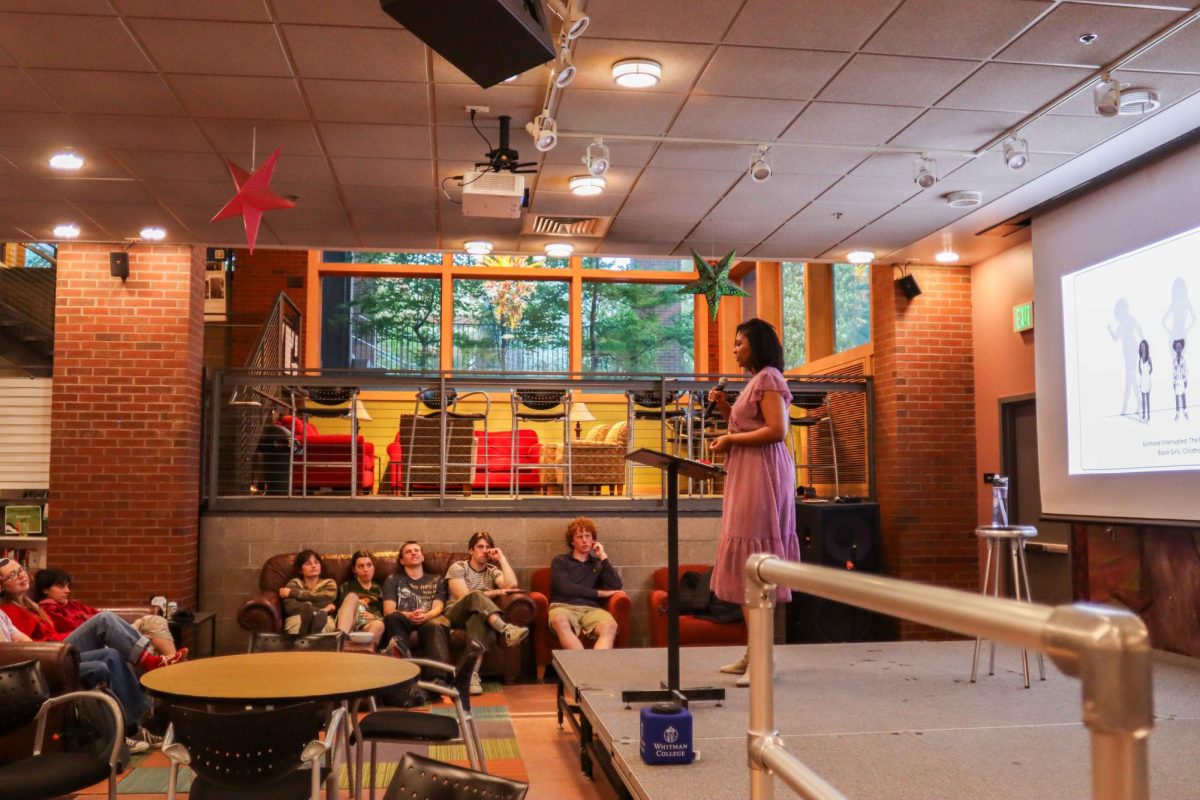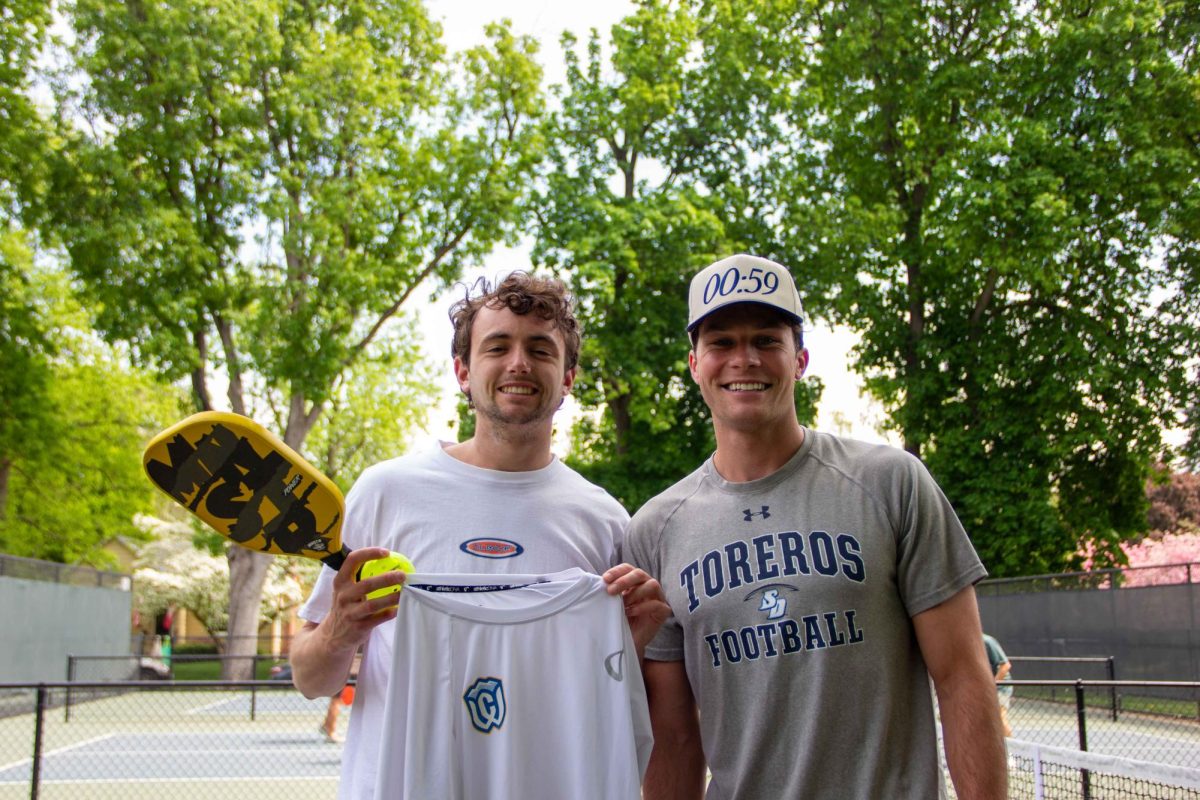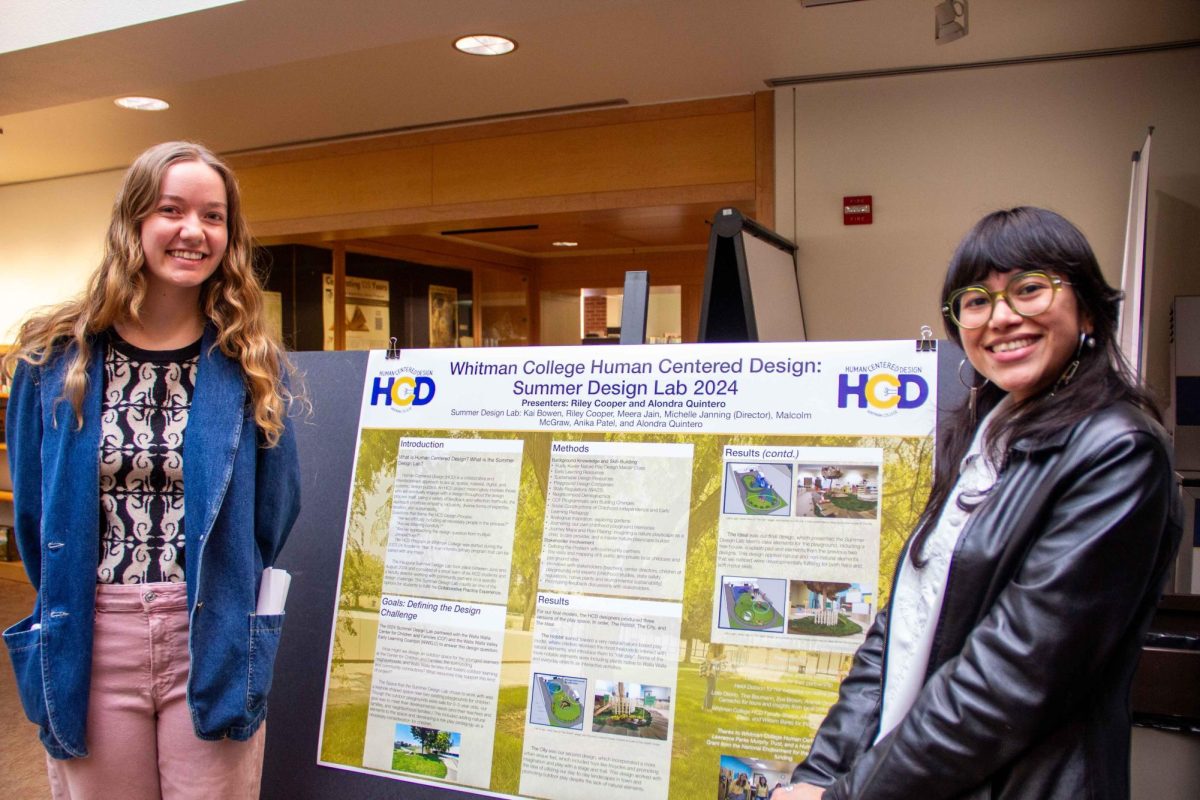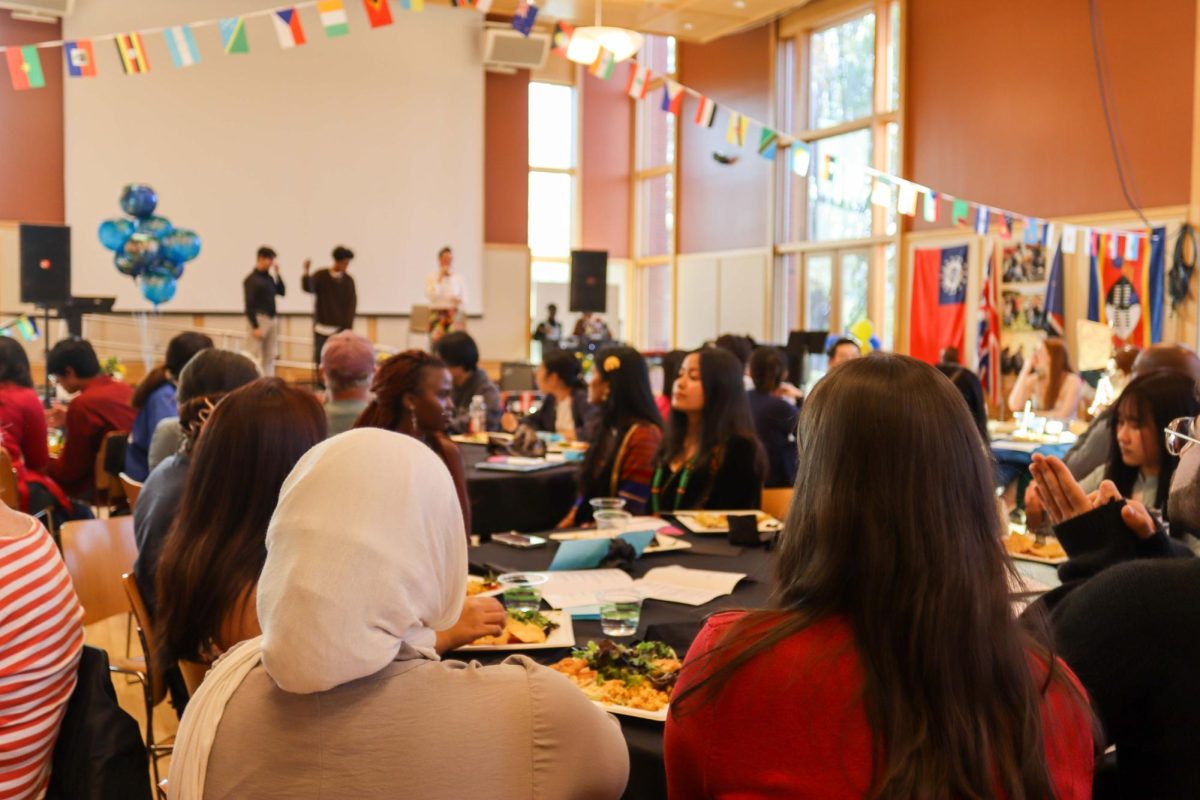The Human-Centered Design (HCD) concentration is hiring a new Designer-in-Residence this year, marking the expansion of the collaborative cross-discipline subject which requires students to take a breadth of classes.
Janet Davis is Professor and Microsoft Chair of Computer Science as well as the the co-director of the Human-Centered Design concentration. She detailed the goals and aims of the program.
“Human-Centered Design is a process for designing tools, systems and experiences grounded in empathy for the people who will use them. Human-Centered Design concentrators will take courses in four deepening areas: Understand People, Understand Artifacts, Observe and Evaluate and Design and Make,” said Davis.
The concentration’s cross-disciplinary nature means that students across disciplines get a taste of Human-Centered Design. For senior sociology major Katie Fry, her interest in the concentration began through the Sociology Department.
“I took a class with Professor Michelle Janning and she was putting it into classes … and I really liked [it]. We talked about it a lot and I ended up doing an independent study with her just fully focused on Human-Centered Design,” Fry said.
Like Fry, sophomore computer science major Anika Patel also discovered Human-Centered Design through sociology courses.
“I did not know what it was and then I started hearing about Human-Centered Design in my sociology class … and all my friends were talking about it,” said Patel.
Patel has found that studying within the concentration has been extremely valuable. She details how the spaces that the concentration is held in have been instrumental.
“In the Whitman [College Technology Services] CTS building, [Human-Centered Design] has a really interesting classroom. The walls are all painted purple, there are colorful couches, tables that are higher up and lower tables. It is a space to discuss and invent,” Patel said.
Fry agreed, and described how the customization of the space and non-traditional classroom setting helps her learn.
“Everything is very movable and it is set up differently every day. We spent one day sitting on the floor, which was super fun. We also have another space that is more of a workspace with couches, chairs and boards everywhere. We basically live on Post-it notes. We have this classroom-esque space but it is very much an alternative space,” said Fry.
The new Designer-in-Residence position will assist students pursuing the Human-Centered Design concentration while continuing to find innovative ways that the program can expand to include a breadth of viewpoints.
“We envision that the Designer-in-Residence program will enliven the HCD concentration with stories, perspectives and design problems from beyond the classroom,” Davis said. “Designers-in-Residence will help students and faculty build their professional networks, fill gaps with respect to technical and business skills and maintain an ‘of the moment’ connection to current issues in the industry.”
Fry was excited by the potential connections and career prospects that a Designer-in-Residence can bring.
“I’m pumped to have the [Designer-in-Residence]. It is going to be super cool to have someone to mentor Whitman students and help in the field,” Fry said. “There’s so many new jobs around Human-Centered Design so the Designer-in-Residence will be a great opportunity for students.”
The new position is part of the Lawrence Parker Murphy Trust, which provides funding and support to the concentration.
“This semester, the Trust will support prototyping the Designer-In-Residence program by bringing Katie Krummeck ‘03 and three Whitman staff into HCD 101 as ‘guest designers’ who will pose a design problem based on their work, share their career paths and answer questions from students,” Davis said.
This new position will help students with the unique projects that they create as part of their concentration. Patel worked with another student to solve daily problems in her Human-Centered Design class.
“I wanted to make an app on [my partner’s] phone because she has a problem at nighttime going to sleep. The app … would help her fall asleep with calming sounds, reminders and turning down the brightness,” said Patel.
Fry has worked in an elementary school and brings her outside knowledge and passion to the projects she does in class.
“I’m really interested in educational spaces and so I designed a playground … It included a lot of free dynamic play spaces like sandboxes. I had a focus on it being accessible to all different types of students,” said Fry.
Whitman’s newest concentration and the new Designer-in-Residence is a unique and valuable part of the Whitman academic portfolio. Students who are interested in Human-Centered Design can take HCD 101 or attend one of the Human-Centered Design coffee shop sessions.




